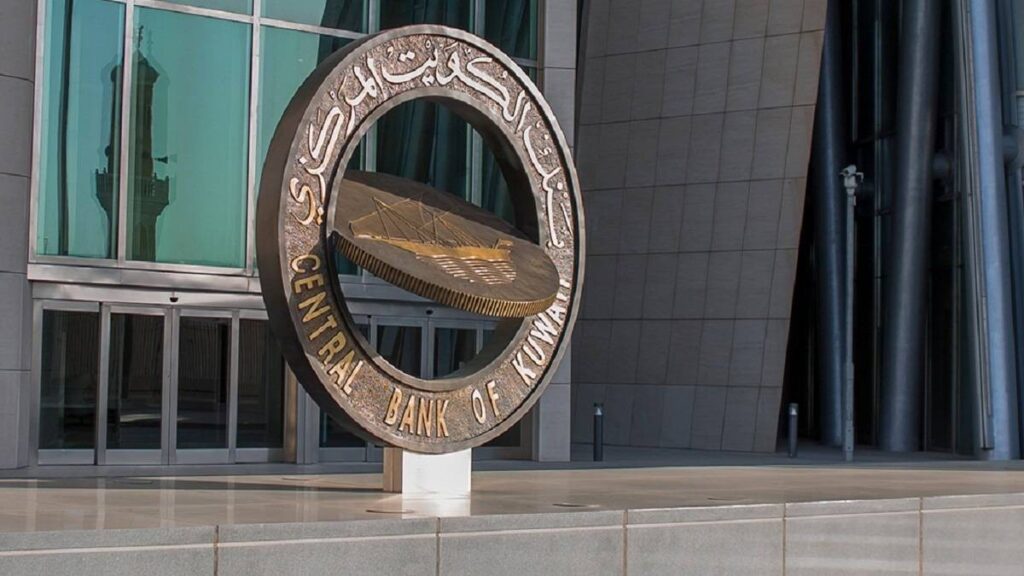KUWAIT: The Central Bank of Kuwait (CBK) announced on Sunday a 0.2 percent decline in the country’s broad money supply (M2) to KD 42.1 billion (approximately $138.9 billion) in September on a monthly basis. In statistical tables provided to the Kuwait News Agency (KUNA), the CBK’s Economic Research Department reported that private sector deposits in Kuwaiti dinars at local banks rose by 0.2 percent to KD 38.5 billion (approximately $127 billion), while deposits in foreign currencies fell by 8.9 percent to KD 1.9 billion (around $6.27 billion). Outstanding balances of local banks’ claims on the Central Bank, represented by CBK bonds, dropped 49.9 percent to KD 201 million (approximately $6.93 million).
The report noted that total assets of local banks decreased 0.4 percent in September to KD 99.5 billion ($328.3 billion), while net foreign assets held by local banks declined 5 percent to KD 14.6 billion ($48 billion). Time deposits with the Central Bank and corresponding repurchase agreements fell by 0.2 percent to KD 699 million ($2.3 billion), whereas cash credit facilities (loans) rose 0.7 percent to KD 62 billion ($204.6 billion). Financing for Kuwaiti imports increased by 1.5 percent to KD 833.4 million ($2.7 billion), while the average exchange rate of the US dollar against the dinar declined 0.2 percent to 304.9 fils. The CBK clarified that the narrow definition of money supply refers to cash in circulation and demand deposits, while the broad definition also includes time deposits and savings accounts.
Positive economic outlook
Reflecting optimism about Kuwait’s economic prospects, the International Monetary Fund (IMF) raised its forecast for the country’s 2025 GDP growth to 2.6 percent, up 0.7 percentage points from its previous estimate. The World Bank also raised its forecast for 2025 to 2.3 percent, citing gradual easing of OPEC+ oil supply cuts and robust expansion in non-oil sectors. Regional and local economic research institutions have echoed this optimism, noting significant activity in project awards and strong performance in the Kuwait Stock Exchange during the first nine months of the year.
According to the IMF’s October World Economic Outlook report, Kuwait’s 2026 growth forecast has been revised upward to 3.9 percent. The IMF highlighted that while global growth is slowing — from 3.3 percent in 2024 to 3.2 percent this year and 3.1 percent in 2026 — Kuwait’s economy is showing resilience. Last year, Kuwait’s GDP reached KD 40.3 billion (around $133 billion). The World Bank, in its semi-annual report on global economic developments, noted the importance of women’s economic empowerment and raised its growth forecast for the Middle East and North Africa region to 2.8 percent in 2025.
Surge in project awards
Local research firm Kamco Invest reported a 25.3 percent increase in project awards in Kuwait during the first nine months of 2025, reaching $7 billion, compared to $5.6 billion in the same period last year. In the third quarter alone, contracts worth $4.3 billion were awarded, a 33.8 percent increase over the previous year, reflecting strong government spending on strategic projects and infrastructure.
MEED, a Middle East-focused business publication, highlighted the awarding of 11 contracts in the third quarter, including the $4 billion Al-Zour North power and desalination plant project — phases two and three — led by the Public-Private Partnership Projects Authority. The project will feature a 2,700-megawatt power plant and a desalination plant producing 120 million gallons per day, expected to be completed by the end of 2028. The energy sector accounted for the largest share of awarded projects, valued at $4 billion in the third quarter, up from $1.4 billion during the same period in 2024. MEED also noted that project awards in other regional markets fell by 27 percent year-on-year during the same period. — KUNA

